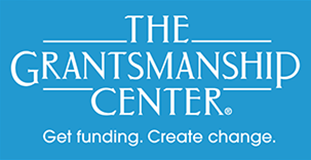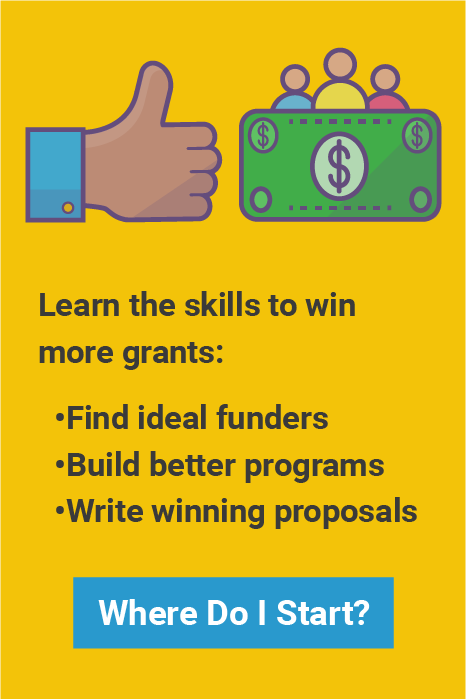
When it’s time to develop and present a proposal to a potential funder, there are a lot of things a nonprofit might do to improve its chances of a grant. Whatever those positive steps for your organization, here are some negatives—things that are a must to avoid—that apply to most organizations seeking funding.
Don’t assume too much about the funder. Their website says they are interested in youth programs, you have an afterschool project, so you assume they’d be interested. It turns out that what they meant was mentoring for low-income high school students, and what you do is for talented primary school kids. A mismatch. This is why we dig into what a funder actually does with its grants, not just what it says it does.
Don’t assume the funder will automatically “get” what you’re doing. You need to be clear, specific, unambiguous and explain terms or concepts you rely on. For example, don’t fall into the “everybody knows what health disparities means” sinkhole. Make it clear what populations you’re talking about, what health measures, evidence of differences etc.
Don’t use the proposal to pick a fight. You might have a well-earned perspective on a problem or need but your prospective funder sees things a little differently. The proposal is not the place to argue with the foundation. It is not the forum for straightening out their thinking and getting them to see things your way.
Don’t write an op-ed. Proposals are not broadcasting, they are narrowcasting, targeted communications with specific audiences and intentions. Don’t use the narrative of the proposal as a soapbox.
Don’t over-promise. One of the mistakes to avoid is telling the funder you’ll create major, sweeping changes in one year with a small grant. Instead, be specific about what you can do, what it will cost and how it fits into the bigger picture.
Then, of course, there are a number of things you already don’t do: waiting until the night before the deadline; exceeding the word count or character count in an online application; submitting budget numbers that don’t add up; attaching videos and brochures just because you love them even when the funder says not to.
Clear away all of these “don’ts” and make room for a positive, compelling and concise proposal that you’re proud to submit and that prospective funders are glad to receive.
Thomas Boyd is Chief Editorial Consultant for The Grantsmanship Center
and an independent consultant to nonprofit organizations.



